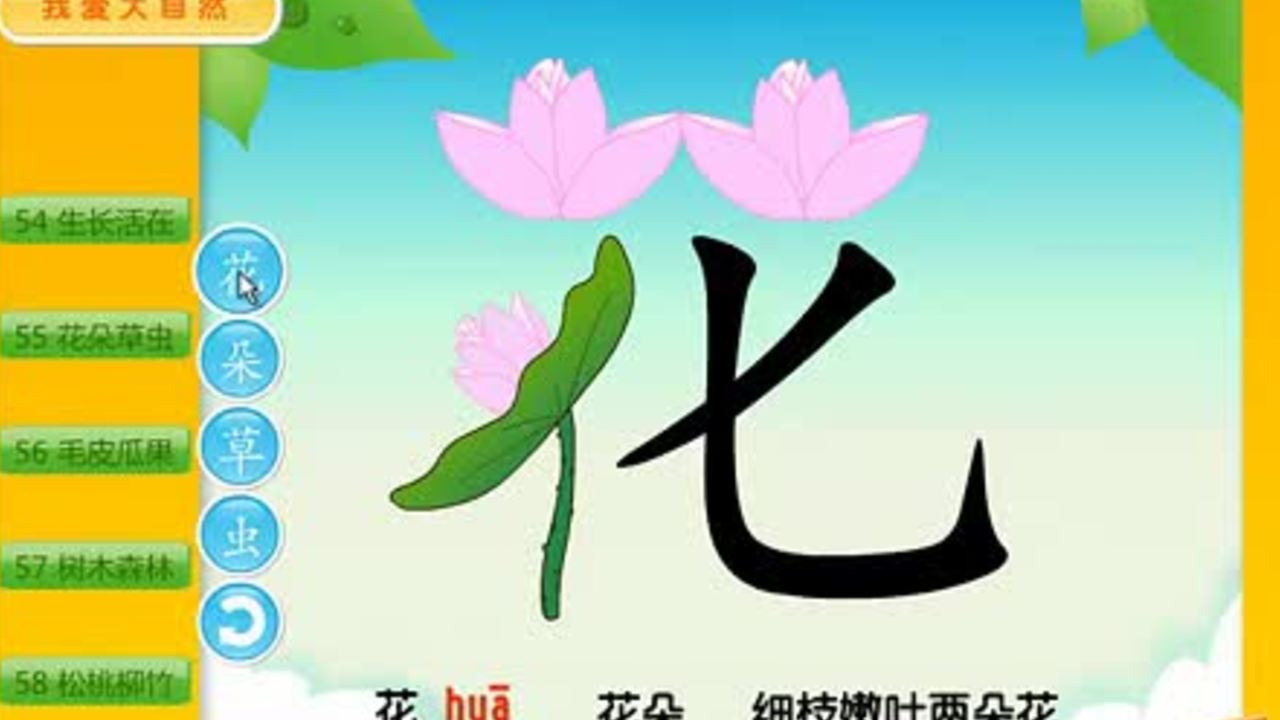
Chinese characters explained.
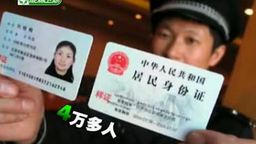
Learn about the Chinese naming system and some of the issues concerning names that are being encountered today.
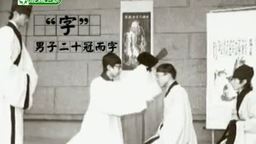
The Chinese naming system is very complex. It follows precise rules, stating the differences between a person's last name, given name and courtesy name. In particular, the difference between the last two is strictly connected with the rituals that used to bring a child from childhood into adulthood in ancient China.
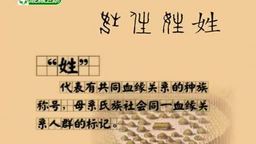
Chinese last names worked in a different way in the past than they do now. Chinese children used to get their mother's last name. That is because Chinese ancient society was matriarchal and divided into clans.
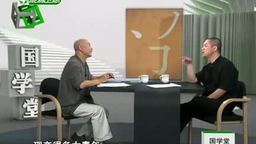
Through a detailed report of the Zhou Dynasty's history, we discover how the Chinese last name system worked and what has changed over the years and become today's practice.
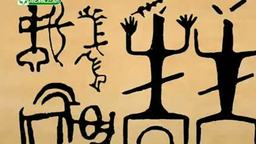
This interesting discussion on the origins of Chinese last names and clan names shows how the tradition has evolved from the matriarchal to the patriarchal practice.
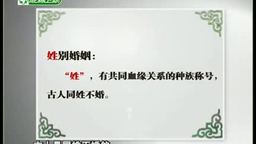
This interesting discussion on the origins of Chinese last names and clan names shows how the tradition has evolved from the matriarchal to the patriarchal practice.
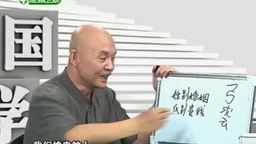
This interesting discussion on the origins of Chinese last names and clan names shows how the tradition has evolved from the matriarchal to the patriarchal practice. This segment explores a few common family names- their origins, whether they were last or clan names, etc.
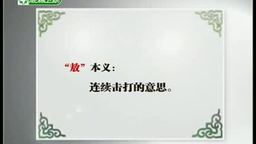
This interesting discussion on the origins of Chinese last names and clan names shows how the tradition has evolved from the matriarchal to the patriarchal practice. This segment looks into the selection of Chinese names. How can one find a good name with strong virtue?
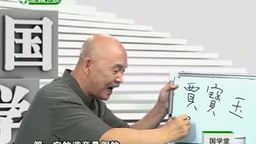
This interesting discussion on the origins of Chinese last names and clan names shows how the tradition has evolved from the matriarchal to the patriarchal practice. This segment continues to explore Chinese names with specific attention on Jia Bao Yu, a character in the Hong Lou Meng movie.
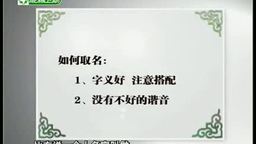
Master Tang Han explains the importance of character meaning as well as character tone when giving names and how to revise a problematic name.
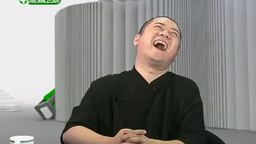
Master Tang explains the significance of the name. How does the name of a business determine its destiny?
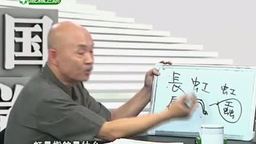
Master Tang further explains how the name of an enterprise embodies its guiding principles and how our names must not be taken lightly.
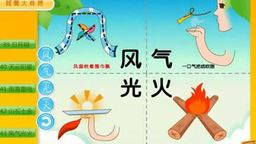
Learn about the origin of some Chinese characters which were derived from pictures of what the characters represent.
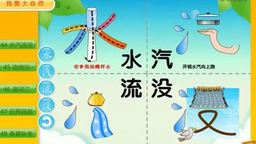
Learn about the origin of some Chinese characters which were derived from pictures of what the characters represent.

Learn not only the meaning behind some Chinese characters, but also how they were originally derived from pictures. These characters are of the agricultural variety.
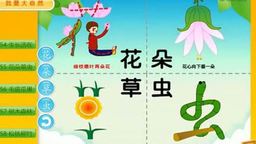
Have you ever wondered why a Chinese character is written the way it is written? The Chinese characters are logograms, unlike the English language that utilize Latin characters. The Chinese characters could be represented by pictograms, depicting one or an aggregate of pictures or ideograms depicting an idea/icon symbolically. Join us to learn the roots of some of the Chinese characters. In this episode, you will discover the formation of "horn," "flower," and "grass," to name a few.
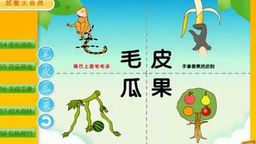
Have you ever wondered why a Chinese character is written the way it is written? The Chinese characters are logograms, unlike the English language that utilize Latin characters. The Chinese characters could be represented by pictograms depicting one or an aggregate of pictures or ideograms depicting an idea/icon symbolically. Join us to learn the roots of some of the Chinese characters. In this episode, you will discover the formation of the "rind" of a fruit, "fur," "melon" and "fruit."
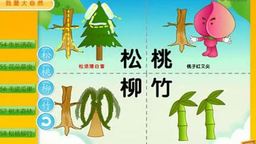
Have you ever wondered why a Chinese character is written the way it is written? The Chinese characters are logograms, unlike the English language that utilizes Latin characters. The characters could be represented by pictograms depicting one or an aggregate of pictures or ideograms depicting an idea or a borrowed word. Join us to learn the roots of some of the Chinese characters. In this episode, you will discover the formation of "pine," "peach," "willow" and "bamboo."
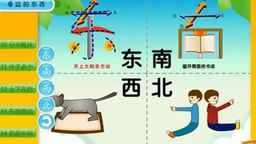
Learn a simple, fun way to say the four directions in Chinese as well as how to remember how to write them.

Learn about the characters used to talk about time by watching this fun and thorough explanation of how to write them and how they came about.

Learn in the fastest and easiest way possible how to effectively remember some characters that express movement.
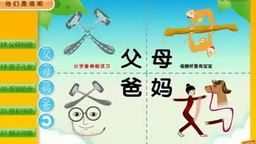
This cute introductory video helps Chinese learners learn the characters for "fu," (father) "mu," (mother) "ma," (mommy) and "ba" (daddy).
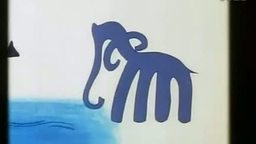
The wisdom of Chinese ancient hieroglyphics can be traced back to thousands of years ago. They are so clever and yet, comprised of such spontaneous connections that even a child can guess them.
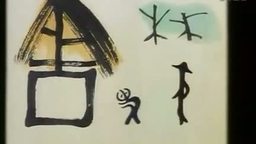
While a father is teaching his child Chinese characters, they are introduced in all their wisdom and splendor.
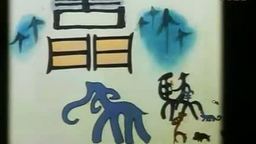
As the story comes to a conclusion, we learn more and more concepts that are brilliantly captured in the essence of Chinese characters.

Many people are aware of the Western philosopher, Voltaire, but behind his famous quotes are the genius of a great Chinese thinker.
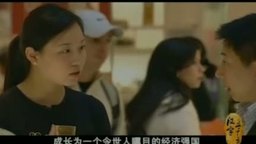
China is now an economic superpower, setting off a "Chinese Fever" that is now spreading all over the world.

It is becoming an increasing trend for schools to offer Chinese programs. Why are so many people turning to Chinese?
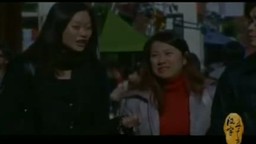
The growing strength of China as an economic superpower is both a source of awe and concern for other countries.

During the Ming Dynasty, the Chinese made the voyage across the Western Pacific. But, why was the feat not acknowledged in history?
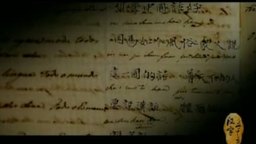
The quest to discover Asia did not stop with Columbus. What has drawn other countries to China?
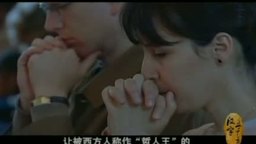
The popularity of Christianity came to a peak during Matteo Ricci's time in China, but after his death, the Qing Dynasty vehemently opposed its practice in China.
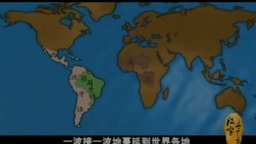
Zamenhof had a plan to create a world language, an ambitious plan thwarted by the innate quality of language itself.
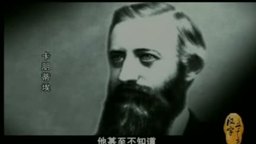
In 1870, Horace Carpentier hired a loyal servant from China named Dean Lung who would eventually come to teach him a lesson in loyalty and devotion rooted in Chinese culture.

Dean Lung, believing more people should understand China, made a great contribution to Columbia University.
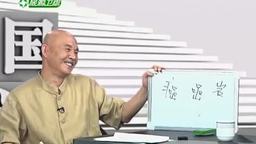
Knowing the basis of the Chinese character for illness opens the door for learning many more characters.
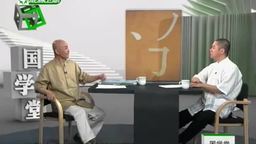
The video describes the many ailments that can be treated with pine and cedar trees, the origins of Chinese medicine.
Are you sure you want to delete this comment? You will not be able to recover it.